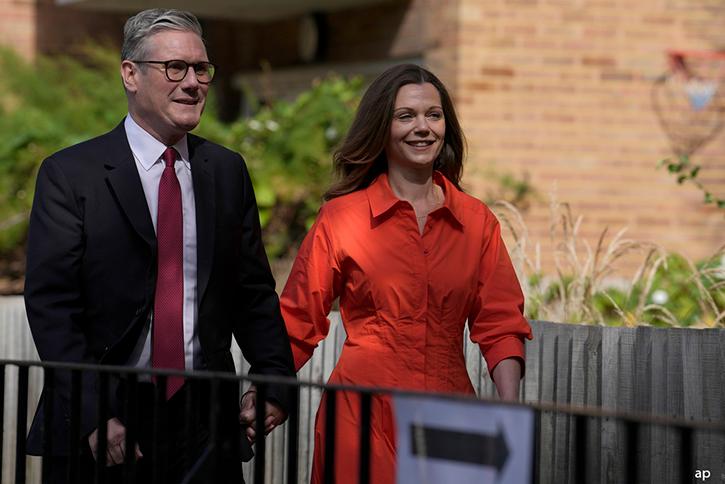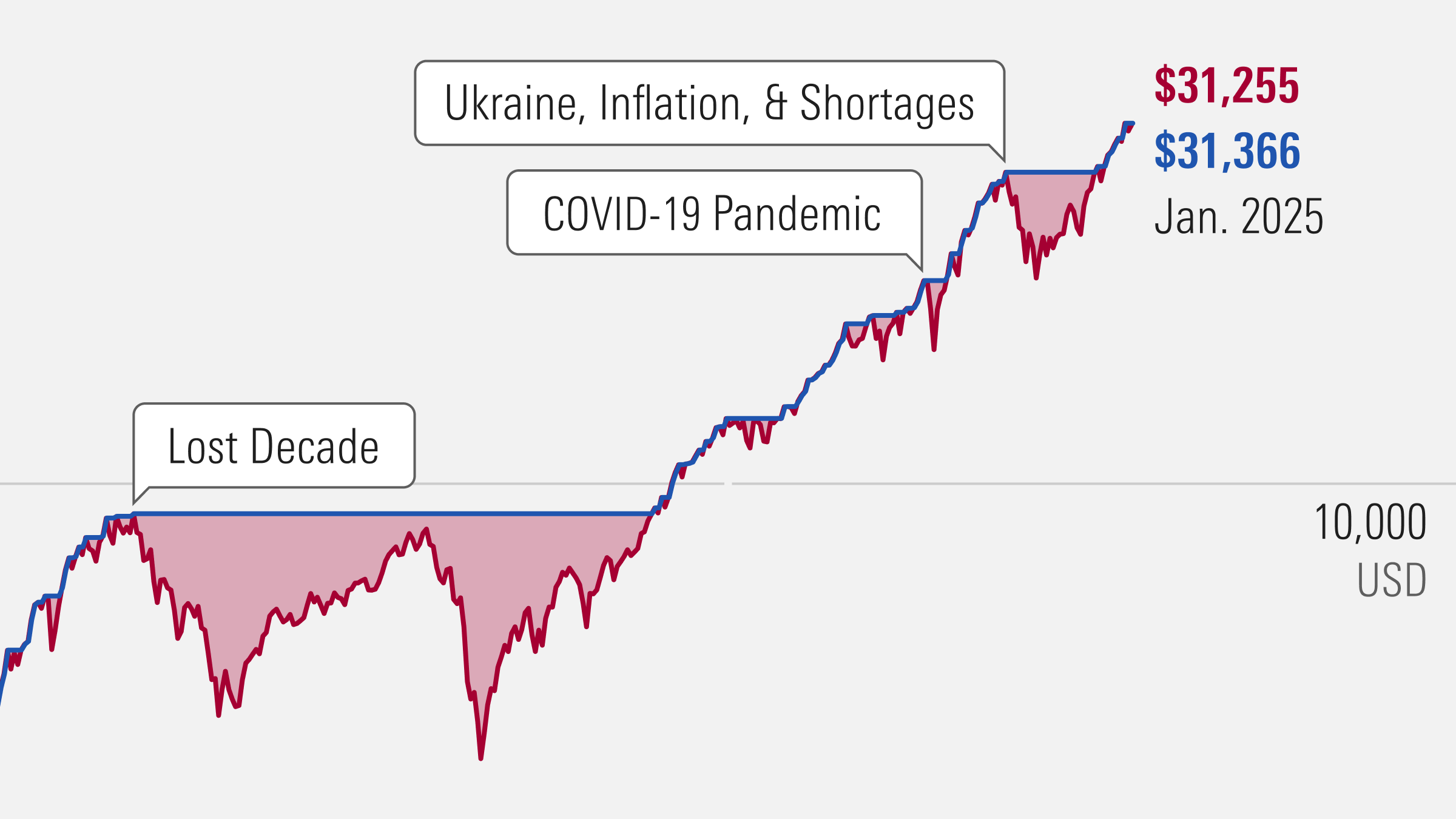Last summer adjustments were made to Venture capital trusts (VCTs) and enterprise investment scheme (EISs), causing existing investors to worry about the influence to their tax-planning solutions.
Tax benefits of both schemes often attract people looking to offset the restrictions of pension lifetime and annual allowances. While the tax benefits are far reaching, VCTs and EISs investment in small companies and start-ups, so investors need to bear in mind this comes with a higher risk of loss of capital than investing in established large cap equities. Only experienced investors with well diversified portfolios should invest in VCTS – and allocate a minor portion of their investable wealth in these products.
Investors’ Tax Relief Remains Unaffected
Established small companies who still want access to capital from VCT schemes will lose out but others are largely unaffected, and tax reliefs and product features remain same for investors, Jason Hollands, managing director of Tilney Bestinvest says.
This is because of the tight restrictions following the legislative change. A new qualifying criteria will be introduced in April which limits relief on investments in companies to within seven years for their first commercial sale, and 10 years for knowledge intensive companies. The new change clearly directs VCT investments towards much earlier-phase businesses.
Also the total investment a company might receive across a lifetime through the EIS and VTCs has been reduced from £15 million to £12 million or less in any one company, and £20 million or less for knowledge intensive companies. European policy regarding the currency differences between the U.K. and Europe is the main driver of this adjustment.
HM Treasury have also set a restriction to extend the prevention on management buyouts and share acquisitions to VCT non-qualifying holdings and VCT funds raised previously. This is to prevent money raised through EIS and VCT being used to make acquisitions.
Holland therefore predicted that this would be a smaller fundraising season for VCT. Some smaller companies would lose out by no longer qualified to receive investments from EIS and VCT. But he saw demand of both schemes would exceed supply as more financial advisers and investors look to VCTs and EIS as alternative tax efficient investment solutions. Investors remained unaffected.
February and March is often the peak season for fund-raising through VCT and EIS, since people received their bonus about the time with the start of a new tax year approaching.
Paul Latham, managing director at VCT specialist Octopus Investments said investors should not be too concerned about the changes.
“The industry has more than two decades of experience in navigating its way through these changes. Importantly, the tax reliefs available for the end investor have not been affected in any way by the latest changes.”
What are the Differences Between VCTs and EISs?
VCT and EIS schemes are both considered an alternative tax efficient investment for investors prepared to back a fund of companies that have assets worth £12 million or less, £20 million or less for knowledge intensive companies. In order to reward the investor for the risk of investing in unquoted assets, schemes offer up to 30% income tax relief on investments. Growth in value of shares in both schemes is capital gains tax free.
However VCT investments are held at a portfolio level, unlike EIS where shares are held at the underlying company level.
The VCT shares must be held for a minimum of five years to retain the tax relief and investors cannot claim tax relief in excess of their income tax liability. But for an EIS investment, in order not to lose the income tax relief, investors can only sell their shares of an EIS company that has been trading for three years.
Dividends earned from VCTs can provide a source of regular income, with no additional income tax payable by the investor.
An EIS investment offers a 100% capital gains tax deferral for the life of the investment- liability is eliminated if the investment is held at death. A 100% inheritance tax relief is given after two years and dependent on investee companies maintaining qualifying status.
“Over the last few years we’ve seen increased demand from financial advisers and their clients as they consider alternative tax efficient investments to support retirement planning,” said Latham. “But we’re also seeing younger investors take more interest in VCTs.”





























